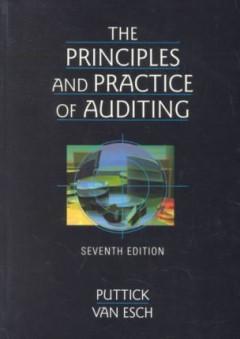Explain the difference between descriptive, predictive, and prescriptive analytics.
Textbook:







model is learned, current data can be fed into the model to forecast the probability of future outcomes. High-quality data increases the likelihood that the model will yield an accurate forecast. One note about predictive analytics is that the results can be way off course if the model is divorced from domain knowledge. Thus it's important that analysts developing these models understand the domain before trying to fit a predictive model. Rental management companies like Vacasa use predictive analytics to determine the best pricing strategies for properties they manage. They can use numerous factors such as weather, holidays, seasonality, vacancies, and Business Analytics Descriptive Predictive Prescriptive Predictive Analytics Predictive analytics is the branch of advanced BA that determines "what could happen" based on patterns and trends revealed in historical data. This BA technique relies on the application of statistical modeling and regression analysis to forecast probable economic and societal factors such as the 2020 pandemic to dynamically adjust rates to what the market can bear. Amazon uses predictive analytics for targeted marketing to increase revenue and customer satisfaction. Amazon's collaborative filtering engine analyzes what items customers have previously purchased, what is in their shopping cart and wish list, what products they reviewed and rated, and what items they searched for in order to recommend additional items. This type of predictive analytics uses data mining, statistics and modeling to come up with the prediction. (descriptive analytics) to more proactive decision-making, yielding higher degrees of intelligence and competitive advantage (data mining, predictive and prescriptive analytics). Also, Figure 127 presents top 10 BA best practices. and reduced costs. Prescriptive analytics uses optimization, simulations, statistics, and ML to understand and advance from the data it acquires, adapting along the way. It can be used to make decisions on any time horizon and combines both structured and unstructured data. Prescriptive analytics is only useful if companies know what questions to ask and how to react to the output. Also if the input assumptions are not valid, the output will not be accurate. Again, data quality of the inputs is essential. Figure 12-6 shows how BA capabilities have matured from reactive decision-making Prescriptive analytics Prescriptive analytics is the final phase in BA and answers the question "what should we do?" by providing possible responses to a given scenario. It can simulate the probability of various outcomes, which helps companies understand the level of risk and uncertainty they face. This type of analytics goes beyond descriptive and predictive analytics by advising users on the best solution based on analyzed facts instead of jumping to conclusions based on instinct. The best solution is one that would have the most impact on the business objectives of customer satisfaction, profits, fraud mitigation, increased efficiency, outcomes. Regression analysis estimates the relationship between a dependent variable and one or more independent variables, or predictors. Each customer response or nonresponse, purchasing decision, fraudulent act, credit default, or failure to purchase items in a cart on a website, provides data useful for predictive models. Predictive analytics is a trial-and-error process, which requires testing numerous models to see which one most closely resembles reality. This entails testing the model with historical data and refining it until it is capable of reliably forecasting the past. Thus, the model is a deliverable that has been "learned." After the















